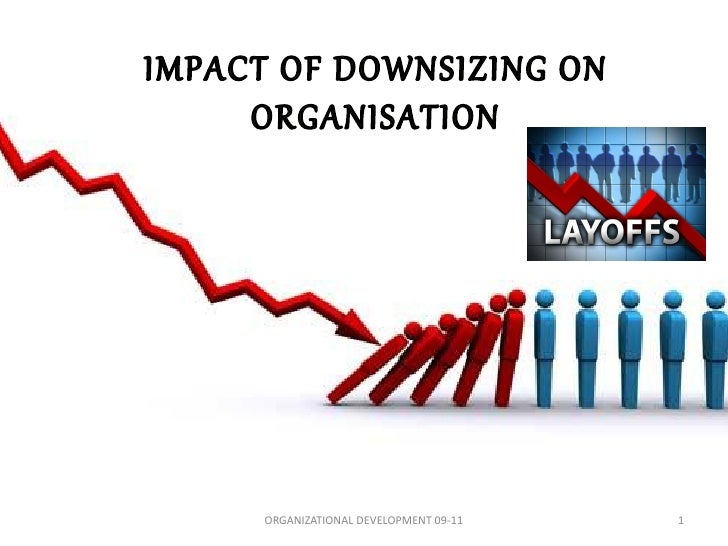Corporate Downsizing: The Ultimate Guide for HR
Corporate downsizing can occur for a number of reasons, like a slump in profits, plant closure, or business acquisition. And unlike common belief, it typically has nothing to do with employees’ performance. Rather, it’s a strategic business move to cut operational costs, maximize production, and increase profit.
The way we see things is that corporate downsizing is just another part of business. And when it does happen, it’s up to HR to pick up the slack. So it’s vital that HR teams are prepared to properly plan, manage, and execute workforce reductions when the time comes.
This brings us to an important question: How should HR handle corporate downsizing while maintaining a strong corporate image and making the process as stress-free as possible for displaced employees?
We can think of a few ways to help you conduct successful workforce reductions. Let’s dive right into our ultimate corporate downsizing guide for HR.

Managing Corporate Downsizing
- Voluntary layoffs. Motivate employees to volunteer to leave your organization with incentives like outplacement and severance pay.
- Early retirement. Offer early retirement to eligible employees with financial incentives.
- Furloughs. Place employees to go on temporary, unpaid leave until financial woes pass.
- Hiring freeze. Stop hiring for a position that is not critical for business to continue.
- Pay reduction. Reduce pay rates, fringe benefits, or work hours of willing employees.
Developing Selection Criteria
- Seniority. The rule here is that the last to join are the first to go. This is a great way to protect yourself against discrimination suits and it simplifies the layoff process. Nevertheless, by using this method for conducting layoffs, you risk laying off employees that are a huge company asset.
- Employee status. This method prefers full-time employees remaining in employment over part-time and contract employees. Using this method will keep your employer brand intact because part-time and contractual roles are usually considered more expendable. However, if your business relies on outsourcing, then this might not be the best solution.
- Performance. Selecting employees based on their performance is a favorite among management teams since it aims to weed out weak talent. But it is risky to carry out successfully because of the subjectivity involved. Therefore, you need to be extra careful in using performance as the sole criteria for your layoff process. Doing so can result in a lawsuit.
- Skills. Choose between employees based on their skill set. Namely, distinguish between skills that are pivotal to your company’s success and skills that are not. By doing so, you get to retain top talent without sacrificing on quality.
- Multiple selection criteria. This is the most effective layoff selection method. Create a list of criteria with different weights that best meet your company downsizing goals. Then rank employees according to these criteria. The ones with the lowest ‘score’ will be laid off. It’s a combination of the previous selection methods but customized to fit your organization’s needs.
Legal Considerations
The strategic planning process of a corporate downsizing event is quite complex. HR needs to identify the problems that workforce reductions are expected to solve, develop reliable selection criteria, and consider how the layoffs will impact the company as a whole in the long run.
For instance, how will the workload be distributed among remaining employees without productivity levels dropping and critical business functions ceasing?
In order to keep productivity levels high, HR must analyze departments and internal functions to determine which are critical and which employees are crucial to their execution. For this reason, we recommend that HR works closely with management teams to gain insight into day-to-day functions. Cross-departmental communication in the layoff process is central to conducting layoffs without damaging key business functions.
Communicating and cooperating with executives, managers, and accountants is essential to the decision-making process. HR must work together with these groups to decide who will be affected by the layoff, how much notice will be given, and what kind of outplacement support will be offered to displaced employees.
Also, HR should explore alternative workforce reduction methods before settling on corporate downsizing:
If none of these alternatives satisfy your objectives then proceed with your corporate downsizing strategy.
This is probably the single most important – and difficult – process of corporate downsizing. Who gets to stay and who must go? HR need to develop selection criteria to ensure the layoff process is fair, objective, and in the company’s best interest.
Here are some selection criteria methods to consider:
Each method has its own shortcomings, and what might work for one organization might not necessarily work for another. So choose and develop your selection criteria carefully.
A sore spot for many HR professionals undergoing corporate downsizing is productivity and morale. In fact, productivity and morale are usually the first to suffer during and after workforce reductions.
To minimize the damaging effect on morale and productivity you need to come up with an auspicious downsizing strategy. Your strategy should include various points, such as reasons, positions affected, selection criteria, employee benefits, notification, outplacement, and communication.
Failing to come up with a strategy to deal with productivity and morale can become a huge issue for businesses. Employees may find the workforce reductions unfair, they may feel betrayed and insecure, and they might grow to resent ever working for your organization. These kinds of emotions can cause harm to your employer brand down the line.
Imagine what would happen if one or more of your employees started telling people about their experience working with you. If they’ve had a good experience, you’ve got nothing to worry about. But if they’ve had a bad experience, then it’s a completely different story.
Bad news travels fast. So you want to make the layoff process as easy on the employee as possible. HR should communicate with management teams to mitigate risks, carry out fair workforce reductions, and keep morale high. Otherwise, you might face problems like recruiting new talent, retaining valuable employees, and reaching out to consumers and investors.
Where employee satisfaction is concerned – make it one of your top priorities.
Legal considerations play a huge role in company downsizing and the layoff process in general. There are certain laws in place that protect employee rights and vulnerable employee groups. These laws protect employees from unfair dismissal based on age, gender, race, religion, and other personal characteristics.



Comments